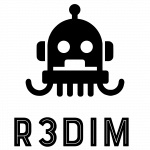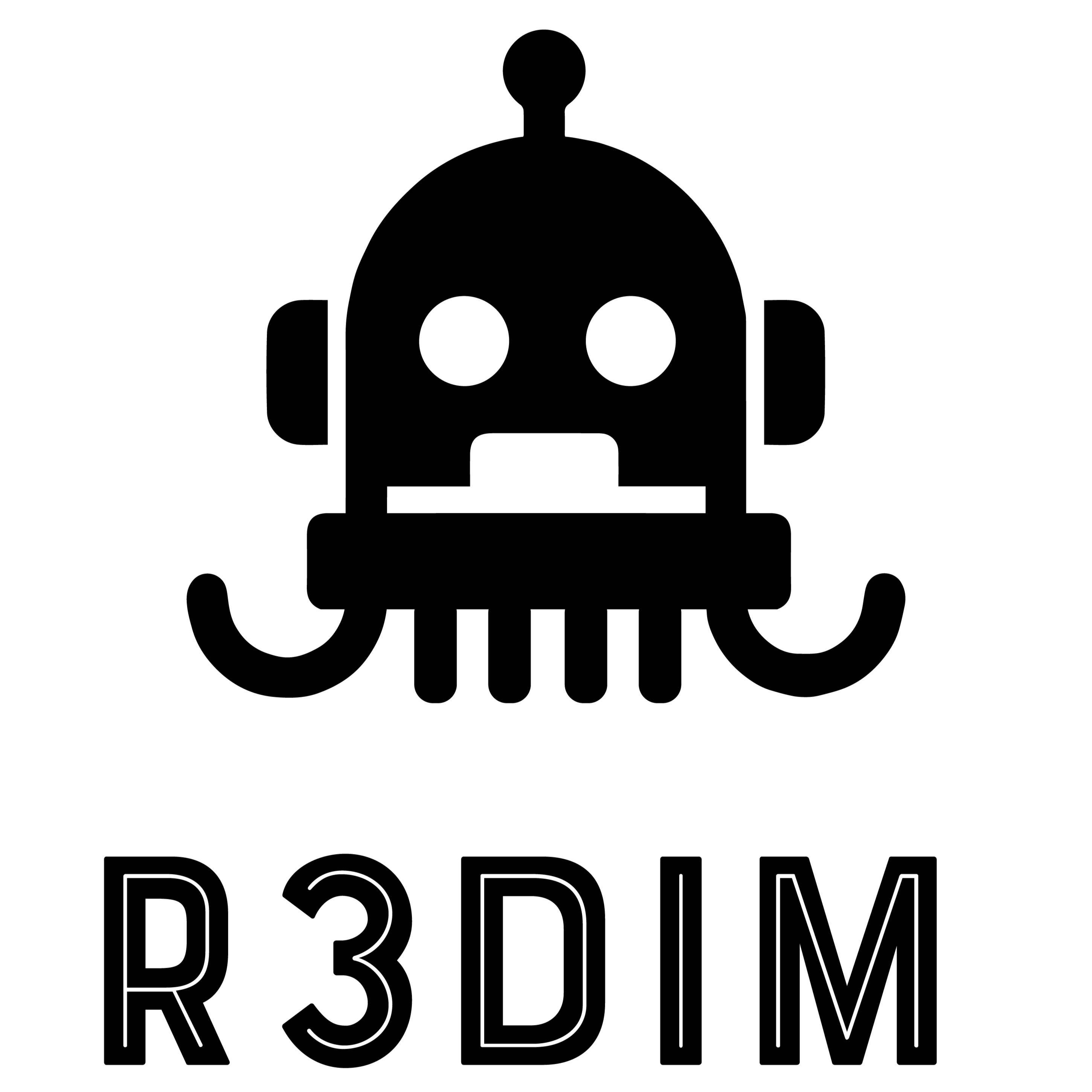FAQ
FAQ
General Questions
RPA significa Automatización de Procesos Robóticos. Es una tecnología que utiliza robots de software o «bots» para automatizar tareas repetitivas y basadas en reglas dentro de los procesos empresariales. Estos bots imitan las interacciones humanas con interfaces de usuario para realizar tareas como la entrada de datos, el llenado de formularios, la extracción de datos y más.
Los bots de RPA interactúan con aplicaciones y sistemas a través de la interfaz de usuario, tal como lo haría un usuario humano. Pueden navegar por pantallas, ingresar datos, hacer clic en botones, copiar y pegar información, y realizar otras tareas.
Algunos beneficios clave de RPA incluyen:
- Mayor productividad y eficiencia al automatizar tareas repetitivas.
- Mejora en la precisión y reducción de errores en comparación con la entrada manual de datos.
- Ahorro de costos al reducir la necesidad de mano de obra humana.
- Tiempos de procesamiento más rápidos, lo que lleva a una mayor rapidez en los procesos empresariales.
- Escalabilidad, ya que los bots de RPA se pueden replicar fácilmente para manejar mayores volúmenes de trabajo.
RPA se puede aplicar a una amplia gama de tareas y procesos. Ejemplos comunes incluyen la entrada de datos, el procesamiento de facturas, la generación de informes, la conciliación de datos, la incorporación de clientes, procesos de recursos humanos, tareas de soporte IT y más. Cualquier tarea repetitiva y basada en reglas que implique interactuar con aplicaciones de software puede ser un candidato para la automatización.
La RPA atendida se refiere a escenarios donde los bots trabajan junto a los usuarios humanos, normalmente siendo activados manualmente, por ejemplo, al hacer clic en un botón para iniciar el robot.
Por otro lado, la RPA no atendida implica bots completamente autónomos que pueden operar de forma independiente, sin intervención humana. Estos bots suelen ejecutarse en segundo plano, en servidores o máquinas virtuales.
Las herramientas y plataformas de RPA cuentan con funciones de seguridad integradas para garantizar la integridad de los datos y el cumplimiento normativo. Los controles de acceso, el cifrado y los registros de auditoría se utilizan comúnmente para proteger la información sensible. Sin embargo, como con cualquier tecnología, deben tomarse las medidas de seguridad adecuadas, como proteger las credenciales, realizar auditorías de seguridad periódicas y cumplir con las normativas de protección de datos.

